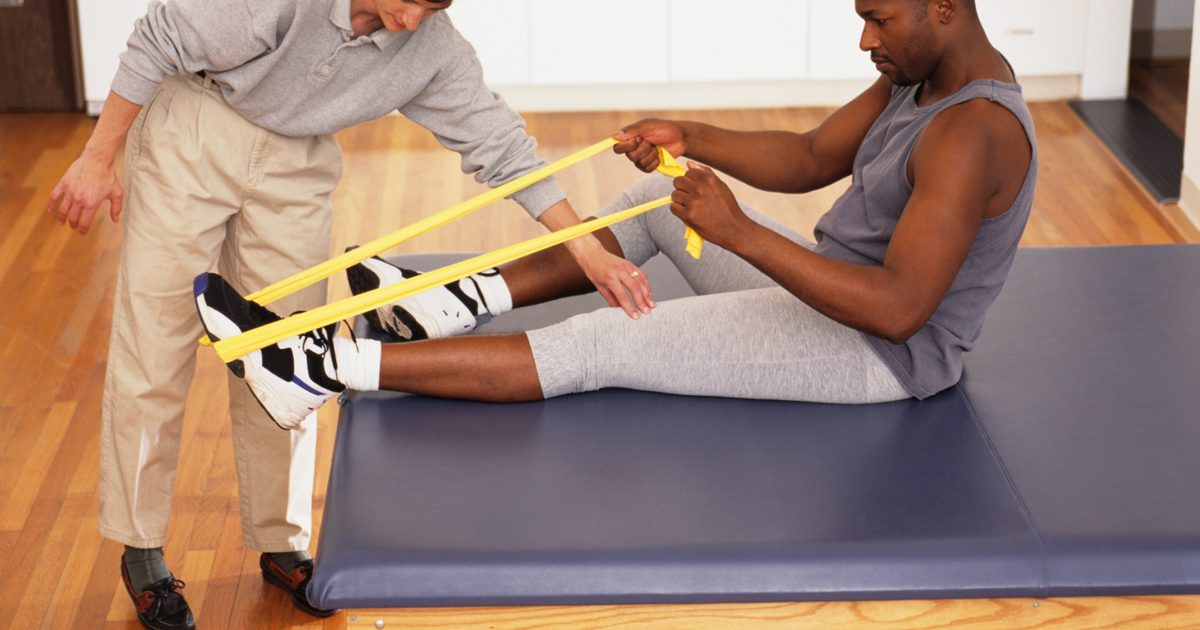The How-To Guide To Treating Tendinosis
Tendinosis is a condition known for causing pain and swelling at the tendon, the fibrous band that attaches muscles to bone. Often confused with tendonitis, the differences between the two are hallmarked by two distinctive characteristics: length of time and cause. Tendonitis is acute or short in duration, whereas tendinosis is chronic, possibly consistent, but also recurring. Tendonitis is typically related to an injury or new activity while tendinosis is caused by long-term overuse or repetitive stress injuries. Cases of tendinosis have been increasing as individuals are overall more active and participating in sports longer, and the methods of visualizing tendons through diagnostic imaging have improved dramatically.
Uncover the options for treating tendinosis now.
Physical Therapy And Strength Training

Physical therapy and strength training have long been the gold standards in the treatment of overuse or sports injuries such as tendinosis. Physical therapists are trained professionals who target the area of concern, while strength training is typically performed individually or through a personal trainer. Overuse and repetitive stress injuries such as tendinosis may be triggered by altered biomechanics in the area of complaint. These altered functions abuse the region of concern causing damage to the fibers of the tendons. It becomes a vicious cycle as compensation patterns develop due to pain and dysfunction causing additional biomechanical changes. A physical therapist is trained in identifying these changes in function and taking steps to reverse the chronic abuse. Individualized strength training is a method individuals can take to strengthen the area of concern, correcting weakness and compensation through proper use of muscle groups. In addition to improving current symptoms stemming from tendinosis, physical therapy and strength training work to prevent future occurrences.
Learn more about how tendinosis is treated now.
